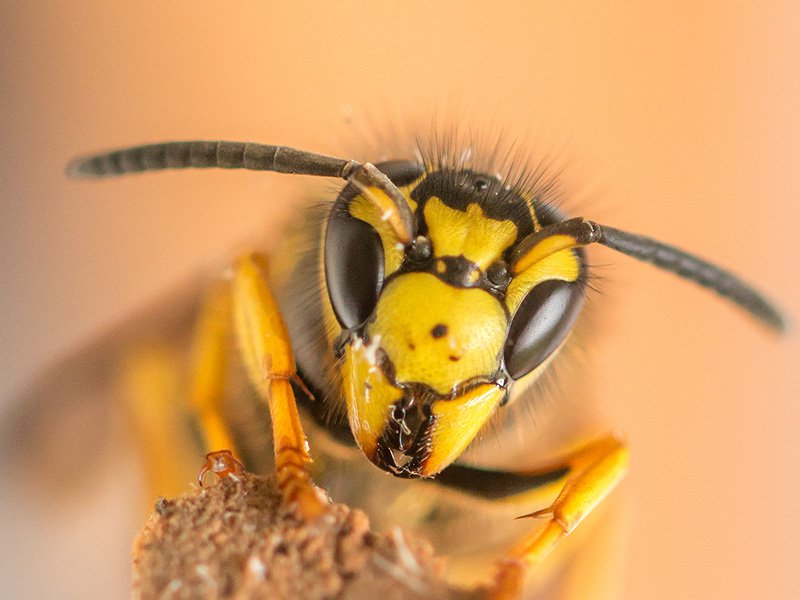
July 1, 2025
Discover why yellow jackets crash your cookouts and how to keep them at bay. Learn to spot signs of nearby nests, take preventive measures before and after gatherings, and know when it's time to call in the experts. Enjoy a sting-free celebration with Four Seasons Pest Control, serving Southside Virginia and North Carolina's Piedmont Triad.
Read More

June 2, 2025
Keep your summer pest-free with expert tips from Four Seasons Pest Control. Learn how to prevent mosquitoes, ants, wasps, and other common summer pests from invading your home and yard. Discover effective ways to protect your family and enjoy the season worry-free.
Read More